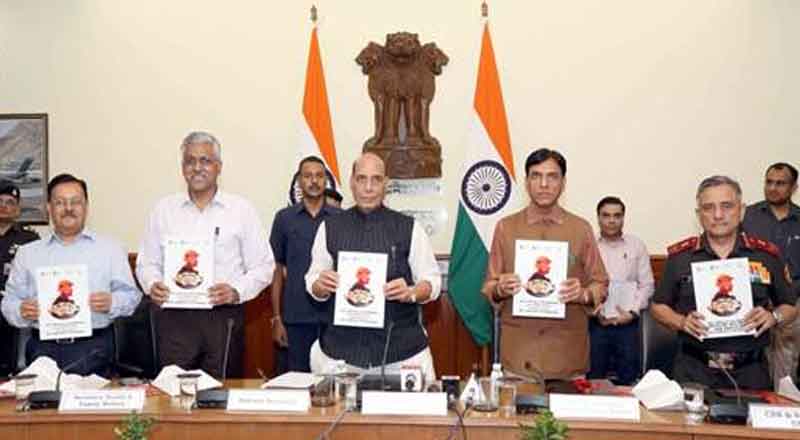The COVID-19 pandemic has not just affected human lives but has taken a heavy toll on economies across the world. With a complete nationwide lockdown, businesses have also suffered huge losses. The aviation industry continues to be one of the most adversely impacted. It is only now that airlines in India have taken to the skies again providing some minimal relief to the industry. New kinds of digital identity will facilitate this smooth, touchless journey. This will allow passengers to breeze through the airport using digital IDs stored on their phone verified with facial recognition. Passengers will expect this to be both simple and safe.
At this point, no one can predict what the future may bring. In order to mitigate the effects, the aviation industry must transform the passenger experience to increase traveler safety, re-establish trust while balancing economic pressures from reduced customer demand. One of the most striking revelations that has emerged from the crisis is the role and importance of technology. Industry leaders believe that technology will be fundamental in helping airlines and airports become compliant with new and fast-changing regulations and to restore the passenger’s confidence in flying. New preventive measures aimed at limiting risk at airports and onboard will require new approaches to passenger management. Indian airports that were reticent to adopting certain technologies are now transitioning towards it.
Secondly, digital technologies and automation will be critical in ensuring a smooth, efficient and safe flow of passengers while keeping in mind social distancing-friendly passenger experience. Now more than ever, the industry needs to work towards the vision of an entirely mobile-enabled journey. This will keep passengers informed and moving, making the journey increasingly ‘touchless’ with self-service technologies at every step right up to the biometric boarding system at the gate.
The use of real-time monitoring technologies along with predictive analytics can ensure proactive planning, appropriate distancing between passengers at key points across the airport. Through technology, the journey will become increasingly ‘touchless’. Automation will be of paramount importance. Contactless, self-service technologies at every step will facilitate passenger flow, cutting queues while ensuring a social distancing-friendly passenger experience. It is imperative to reduce the risk of infection by avoiding contact at key touchpoints. With a combination of biometric and mobile solutions, passengers will no longer have to touch a kiosk or surface and be able to manage their journeys from their phones. Similarly, passengers can operate process points such as kiosks, using their own mobile devices, without the need to touch screens on the airport’s physical infrastructure. This will provide greater efficiency and improved passenger satisfaction with the welcome benefit of enhanced safety for passengers and employees alike.
As countries around the globe begin to ease restrictions on air travel and movement in general, authorities will be mindful of preventing a resurgence of cases. Integrating health or thermal checks at key touchpoints such as check-in kiosks will be important to identify or assist high-risk symptomatic passengers. In order to meet the challenges of this ‘new normal’, the air transport industry will need to radically change the way it operates. This will not only make our airlines and airports more adaptable to change in the future but also install confidence in passengers and make travel more safe





